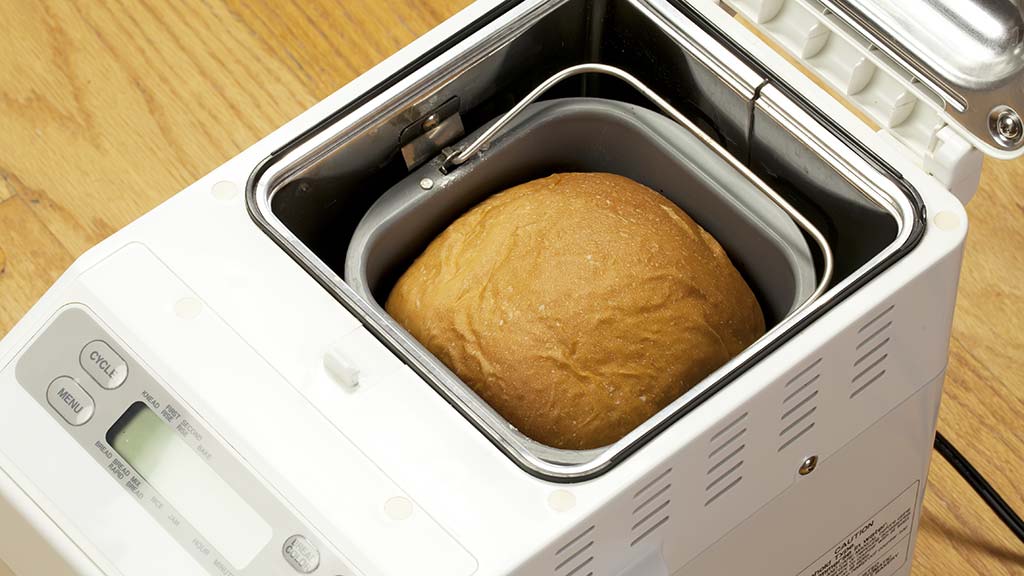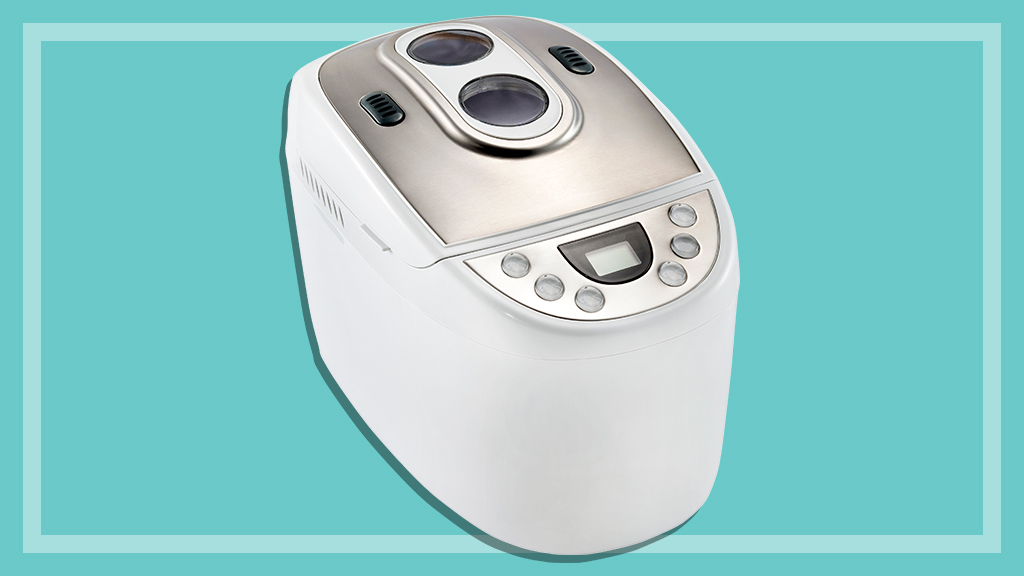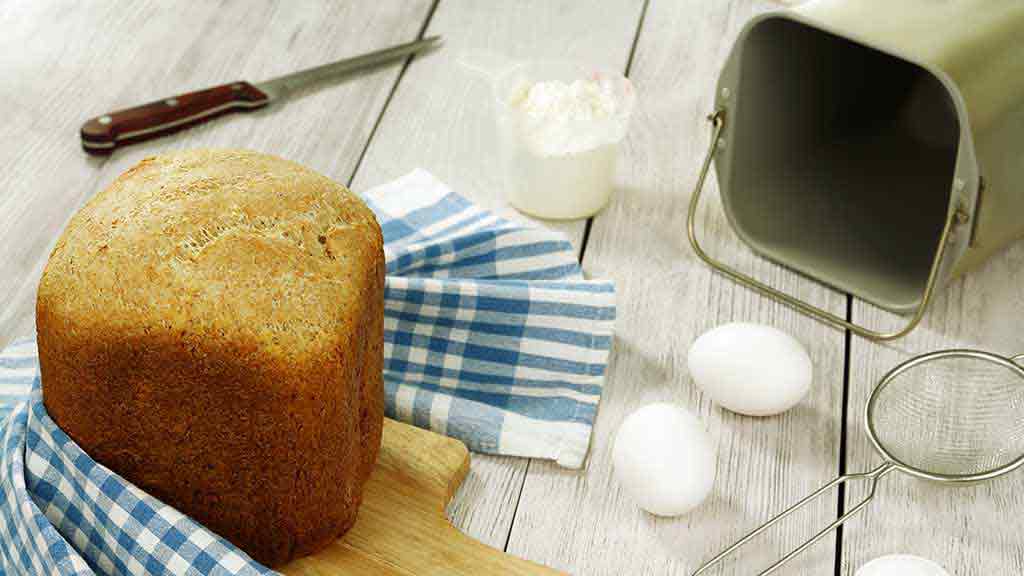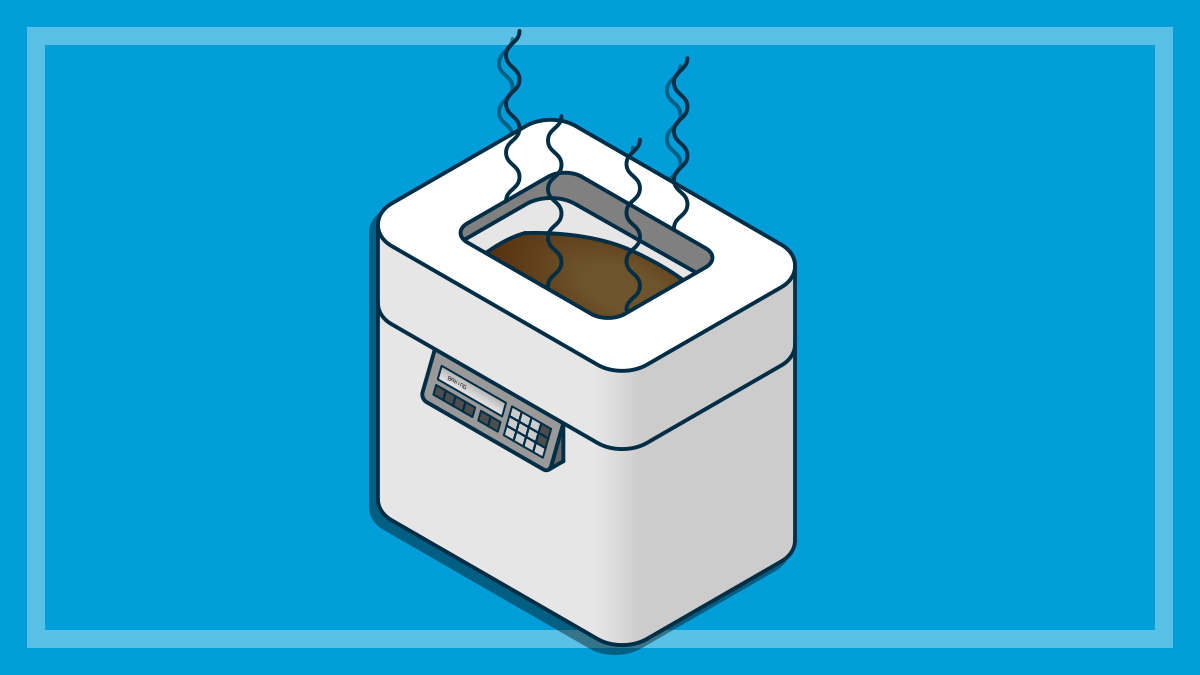Get our independent lab tests, expert reviews and honest advice.
How we test breadmakers

Don’t we all love that smell of fresh bread just out of the oven (or the pan, in a breadmaker’s case)? It’s not surprising that breadmakers regularly come through our test labs, considering their popularity with at-home bakers. Since we can compare these appliances side by side, we’ve got the testing down to a fine art.
Our test kitchen staff have over a decade’s testing and cooking experience. But whatever our experience may be, it’s you, our members, who guide how we test. So, for example, when people start feeling that gluten-free is a thing they need to pay attention to, we do too.
Our expert testers
With their 20-plus years’ experience in the kitchen laboratory, we’re proud of our expert testers. They’ve seen all kinds of features and builds of breadmaker come through the labs, but one thing never changes – these machines need to make a good loaf of bread! We focus on the basics so that when it’s time to buy, you can be sure they work well.
How we choose what we test
Why do we choose one breadmaker over another? There are a number of reasons, but our priority is to test what you will see in the shops. That means sometimes we might not cover the one brand that has one model that’s only sold 100 samples in Australia, and instead focus on the big brand models that you’ll most likely see in the shops.
How do we know what’s in shops? We ask manufacturers and check current market figures to see what’s selling well. We’ll also include models that you’ve requested; if a lot of members want it, we’re going to test it.
When we know what you want, our buyers go out and use your member funds to buy the breadmakers from a variety of retailers, then bring them in as-is. This means we get what you’d get, so we can be sure the results are what you’ll find, and not ‘tweaked’ any way.
How often we test
We usually test breadmakers in batches of up to 12 every few years but we may do one-off updates. Breadmakers don’t turn over in the marketplace very often, unlike other products; we’ve seen some manufacturers keep a model in the market up to six years.
Most manufacturers seem happy to have their products in the market for a long time. Brands that have been in the market for a long time tend to release less frequently. Newer brands tend to release more frequently, perhaps looking for the best combination of features.
How we test
Making bread from scratch/premix
- We make a 1kg loaf of multigrain bread from scratch with each machine, following the manufacturer’s instructions.
- We also compare the machines’ performance when making a 1kg multigrain loaf, 1kg gluten free loaf and a 1kg rye loaf from a Laucke premix.
- Where available, we use the breadmaker’s instructions for the premix; otherwise, we use the premix manufacturer’s instructions.
- We visually assess the loaves for even crust colour, shape, uniformity of mixing, grain distribution, crust, and crumb texture, looking for small and evenly distributed bubbles.
Ease of use
We note how easy the bread tins are to remove and replace, how easy it is to remove the loaf, how intuitive the controls, labels and features are, and how easy the machines are to clean.
Test criteria explained
Overall score
The overall score is a combination of the wholemeal loaf from scratch, premix and ease of use scores:
- Performance, multigrain from scratch, premix multigrain, premix gluten free and premix rye (70%)
- Ease of use (30%)
Our test lab
We maintain a lab that is up to date with the latest reference machines and calibrated measurement tools for our testers to bring you the right results.




